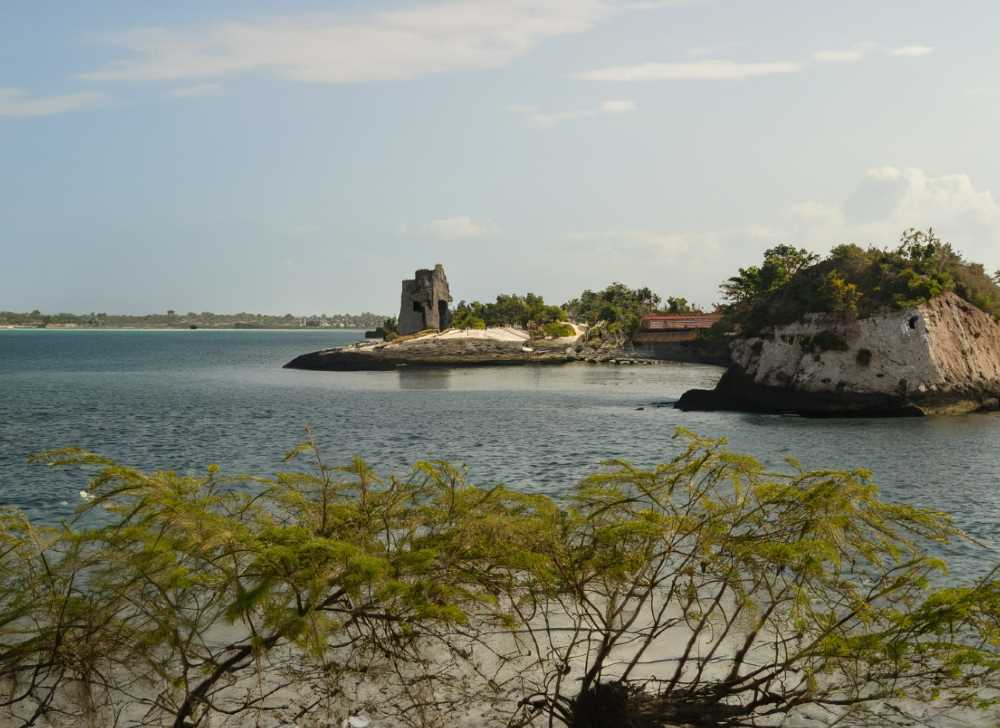Why Islas Marías Is More Than Just an Island Getaway
Islas Marías stand as a profound paradox: a sanctuary of biodiversity teeming with endangered species and a haunted stage for human history's darker acts—forced labor, torture, and resistance literature. Yet, these islands are undergoing a renaissance!

Nestled in the Pacific Ocean approximately 141 kilometers from Punta de Mita, Nayarit, and 107 kilometers southwest of Mazatlán, Sinaloa, the Islas Marías are not just a geographic marvel but an embodiment of Mexico’s tangled history, ecology, and cultural heritage.
An archipelago comprised of four islands—Cleofas, María Magdalena, San Juanito, and María Madre—these landforms serve as a living testament to both natural and human sagas. More than a mere tourist attraction, Islas Marías is a complex intersection of biodiversity, social evolution, and ethical awakening.




